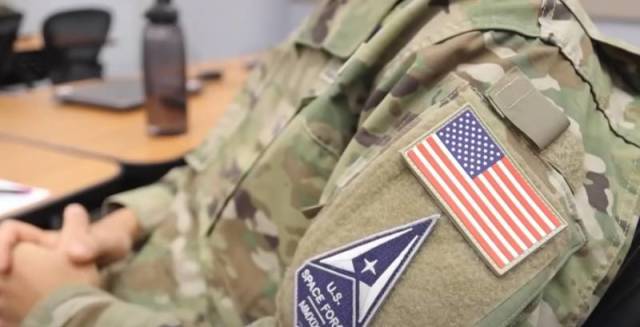
Image source: topwar.ru
The Convergence project, led by the army and supported by all military services, is aimed at demonstrating the joint organization of command and control on the battlefield. This is a connection of departments of the US Department of Defense, networked and connected to a common database. Profile exercises with the test use of system elements began in October in the western United States and in the Pacific region and continue to this day.
The Army Tactical Intelligence Targeting Access Node (NITAN) is a key element of the JADC2, designed to connect sensors to fighters in the field to support weapons guidance beyond the line of sight. Raytheon and Palantir are developing competing prototypes of the TITAN system, and in parallel Northrop Grumman is developing a complex that will be installed on these systems so that fighters receive data from space sensors. In fact, we are talking about a kind of network-centric control system of troops during a battle with increased capabilities of its direct participants.
Northrop announced on November 9 that the first of the two prototype systems was delivered as part of the test use of the Convergence project.
The mobile system uses US commercial and military satellites to facilitate deep sensing and monitoring, reduce the time of data delivery from a satellite sensor to a fighter in a war zone and maximize the effectiveness of targeted fire.
The space prototype is under the jurisdiction of the Army Department of Tactical Use of Defense Capabilities and the Defense Innovation Division.
The US Army plans to use two versions of TITAN, advanced and basic, with the key difference that the advanced version will have a space kit installed. The improved version will integrate with tactical trucks, such as the M1083 family of medium tactical vehicles, and the basic version will be installed on light tactical vehicles.
The US Department of Defense allocated $36 million each to Raytheon and Palantir Technologies Inc in June to complete the creation of TITAN prototypes and plans to choose one of these options next summer. The winning contractor will produce six advanced and five basic systems.
